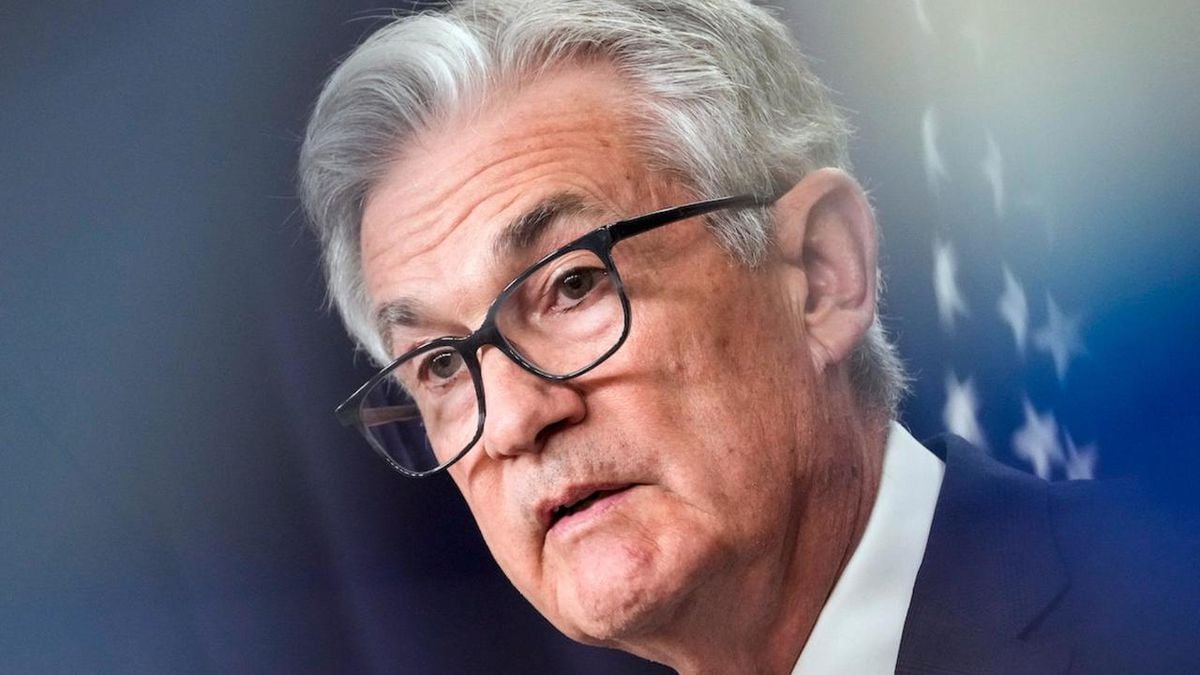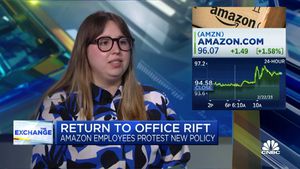After years of climbing interest rates, the Federal Reserve has made headlines with its unexpected decision to cut interest rates for the first time in over four years. On September 18, 2024, the Fed reduced its benchmark interest rate by 0.5 percentage points, bringing it down to the range of 4.75% to 5%. This substantial cut is not just about numbers; it's about lifting some of the financial burdens faced by American borrowers who have endured the highest interest rates seen in over two decades. The decision, announced by Fed Chair Jerome Powell, was anticipated as the economy showed signs of cooling inflation and increasing unemployment rates, leading to concerns about the overall economic health.
For many Americans, this rate cut signals much-needed relief from the crushing costs associated with various forms of debt—from credit cards to auto loans and mortgages. After witnessing climbing borrowing costs since the Fed began its rate hikes to combat rampant inflation, the public is understandably excited about the prospect of cheaper borrowing.
Despite this newfound optimism, financial experts advise prudence. Elizabeth Renter, an economist at NerdWallet, highlighted the relief associated with even modest cuts, stating, "Squeezed between high prices and high interest rates, the message behind even a modest initial cut will be relief is on the way." But just how much relief borrowers can expect remains to be seen.
The typical American has felt the squeeze these past few years. The average interest rate on credit cards soared from around 16% at the start of 2022 to nearly 21% today, nearing the highest on record. Likewise, auto loan rates have jumped from under 4% to approximately 7.7%. Powering this surge was the Fed's aggressive approach to curbing inflation, which reached levels not seen since the 1980s. Now, as inflation figures have finally started to dip—down to 2.5% as of August 2024—economic policymakers decided to act.
Interestingly, the stock market's reaction to the news of interest rate cuts was not entirely what many had hoped. While common wisdom suggests rate cuts typically buoy markets—making borrowing cheaper and encouraging investment and spending—the initial response was muted or even negative. Major indices including the Dow Jones, S&P 500, and Nasdaq, experienced brief gains post-announcement, but closed lower by the end of the trading day. Financial analysts suggest this reaction might be tied to broader worries about economic performance and the Fed's signals about the future.
Many were left scratching their heads after the market's turn. One theory is the market had already priced the cut in. Investors had anticipated some form of action from the Fed, as forecasts had suggested the possibility of cuts due to the economic pressures. Isaac Stell, investment manager at Wealth Club, pointed out, "Many may be left wondering what the Fed sees on the horizon to prompt such a bold move."
Beyond immediate borrowing costs, the Fed's actions will affect several financial products tied closely to interest rates. For example, those with credit cards should soon see rates drop as the Fed's decision trickles down through financial institutions. Experts suggest this change won't be immediate across all consumer credit products—credit card issuers may take time to reflect new rates—but savings could begin appearing on monthly bills soon. According to TransUnion's Charlie Wise, "Relief on monthly credit card bills might look small at first, maybe just saving a few dollars, but over time, it could add up significantly.”
Mortgage rates, meanwhile, present another layer of complexity. This latest cut could help reduce costs, especially for new borrowers. Yet, current 30-year fixed mortgage rates, often influenced by the yield of 10-year Treasury notes rather than the Fed’s direct actions, are only somewhat connected to Fed adjustments. Erika Hansen, president of the Des Moines Area Association of Realtors, cautioned, "We will likely not see immediate changes to mortgage rates, primarily as they have remained stabilized at lower levels already. Rates have already been hovering around the lowest they’ve been for the past 12 to 18 months."
The overall market perspective indicates consumers may be waiting on lower rates as potential homebuyers. Improving affordability is pivotal, as fluctuations continue to prompt shifts within the real estate scene. While the median home price nationally has seen highs, predictions indicate increased market activity as consumers adjust to lower borrowing costs. Hansen believes if economic conditions stabilize alongside decreasing interest rates, there will be room for higher demand amid the still tight housing market.
On the personal finance front, individuals may now find themselves with more options around existing debt. It’s expected current borrowers will feel immediate impacts, particularly those with variable rate mortgages, who could benefit right away from lower rates. For students—faced with climbing borrowing costs—federal student loans are particularly insulated as their fixed rates won’t shift until the next scheduled rate reset. Experts recommend vigilance for those with private loans, as many lenders set rates based on broader benchmarks, including the Fed’s actions.
And what about savings? Well, savers aren’t likely to be thrilled with the outcome of these cuts. Historically, as interest rates decrease, the yields on savings accounts and certificates of deposits often dip as well. Fortunately for savers, online banks typically continue to offer competitive rates, even amid trending lower yields. But the stark reality is stark: average interest rates on savings accounts remain far below their highs from earlier initiatives.
Having navigated through financial headwinds and opportunities, consumers must remain alert, adaptable, and proactive about their choices. When faced with the prospect of reduced rates, regular borrowers should assess their patterns and make informed decisions about credit usage, potential debts, and long-term financial goals.
Looking forward, many wonder what lies ahead for the Federal Reserve. Their forecast suggests additional rate cuts are on the table, with predictions of another reduction possible before the end of the current year. Chairman Powell himself highlighted the Fed's commitment to keeping the job market steady and preventing high borrowing costs from stalling economic progress. “The labor market is still strong, and we want to keep it there,” he stated. The question remains, how swiftly the cuts may cascade across the economy and impact day-to-day Americans remains unanswered, but one thing is clear: economic relief could very well be on the horizon.




